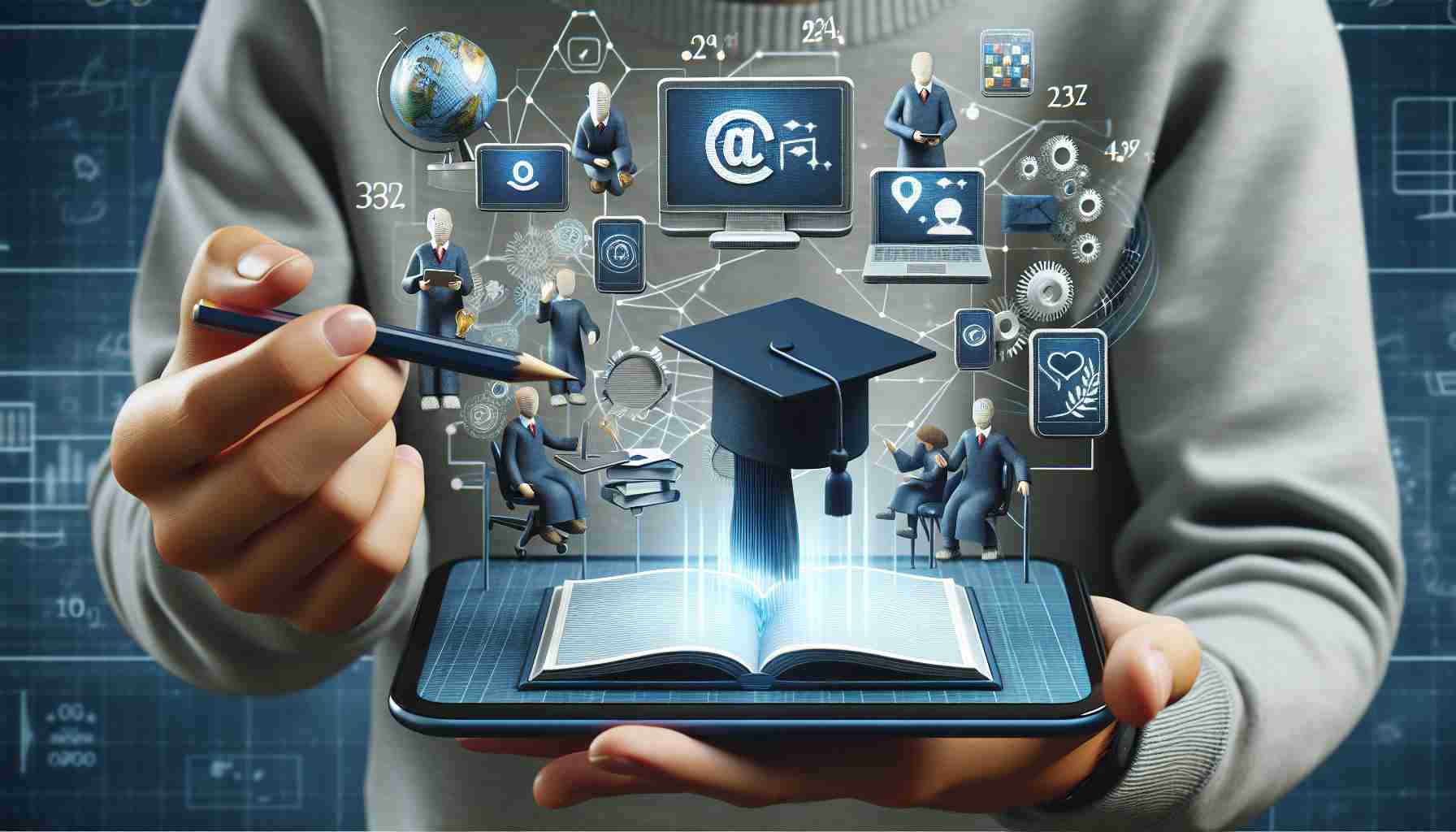Educational technology has become crucial for teaching and learning in school districts nationwide. However, there are still significant disparities in access to devices and broadband internet, and some districts are using technology much more effectively than others, according to the national plan for educational technology released on January 22nd by the US Department of Education.
The plan identifies three major divisions in terms of digital equity. They include:
1. Digital Access Divide: Referring to the gaps in access to devices, high-speed internet, and lessons on digital citizenship and media literacy.
2. Digital Design Divide: Addressing the differences among teachers in understanding how to effectively use technology to meet students’ needs.
3. Digital Use Divide: Relating to the disparities in how schools utilize technology to engage students and develop critical thinking skills.
The report provides recommendations for school districts, state officials, and policymakers to improve these three areas of digital inequality. For example, to better utilize digital tools, the report suggests that teachers move away from simply using devices for showing videos or allowing students to send emails with questions. Instead, they should aim to use technology to support student collaboration in projects, teach programming, or create their own podcasts.
The report also recommends that districts carefully review and continuously evaluate technological platforms before purchasing them, including gathering direct feedback from teachers. To improve access to digital tools, the report suggests that districts establish public-private partnerships to provide students with high-speed internet access and integrate skills such as digital safety and media literacy into all subjects.
The report emphasizes the significant role technology plays in ensuring a universal design for learning (UDL). UDL is a strategy encompassing a wide range of teaching techniques that enable teachers to present information and engage students in lessons, as well as demonstrate what they know. The report recommends training teachers in utilizing technology to make content more engaging and accessible for students with diverse learning styles. It also encourages school representatives to serve as a model for teachers by applying UDL principles in their work and facilitating discussions among educators. The report also outlines principles to support children with special needs in their education.
Utilizing educational technology is crucial for eliminating disparities in access to learning. However, to do so effectively, digital tools must be appropriately utilized, teachers need to be educated on effective technology use, and equal internet access must be ensured. Additionally, it is important to emphasize the individuality of each student and tailor the instruction to diverse learning styles. By utilizing technology appropriately and understanding the differences in learning, we can create dynamic and flexible educational environments where every child has the opportunity to reach their full potential.
FAQ Section
The source of the article is from the blog oinegro.com.br
